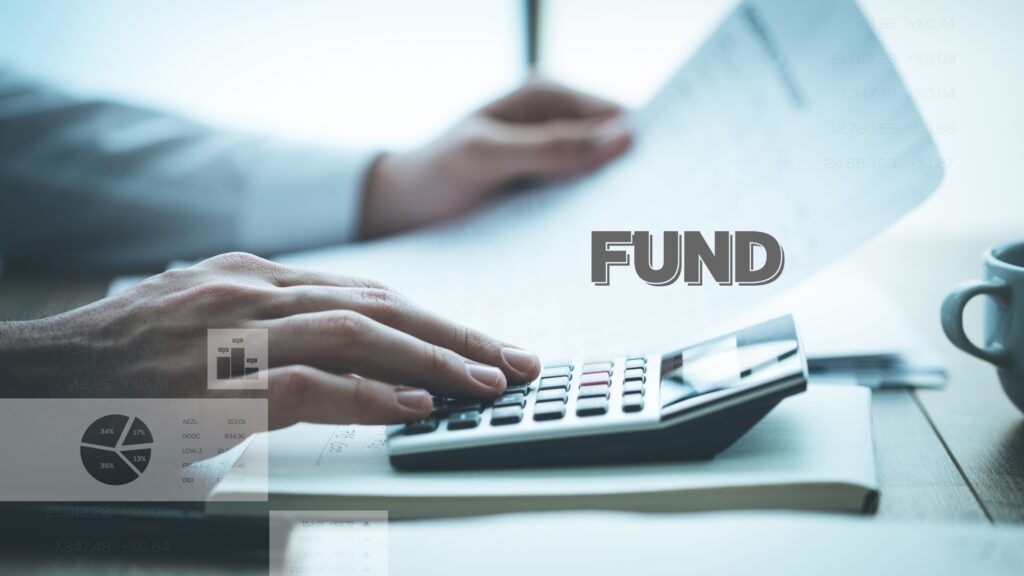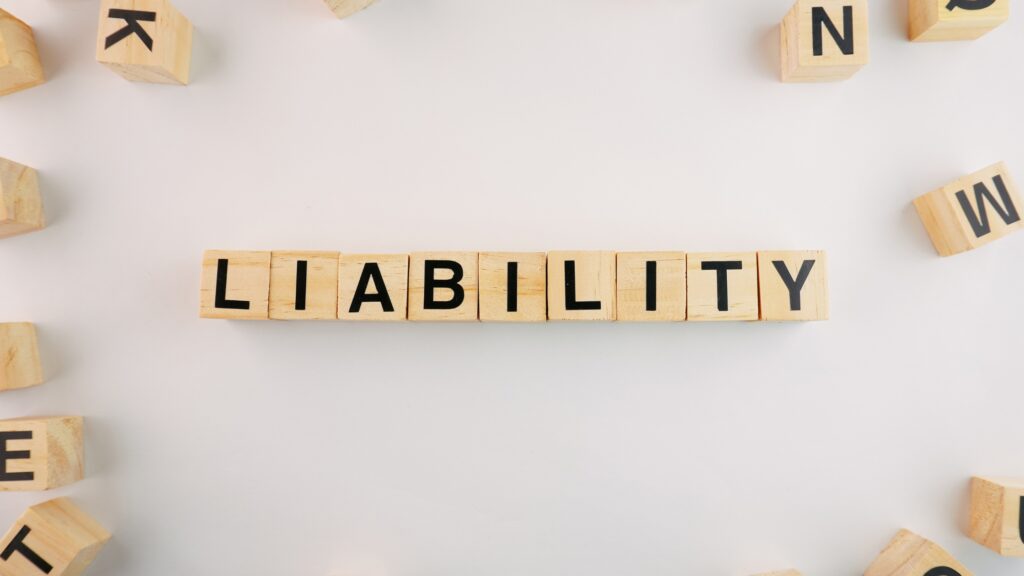Understanding financial terms is key to smart business management. One fundamental concept is liabilities. But what are liabilities in accounting, and why does it matter? This article breaks down the essentials, covering types, examples, and why liabilities play a vital role in your company’s financial health.
Let’s explore how managing liabilities can shape your business success.

Table of Contents
ToggleLiabilities in Accounting: Let’s Understand The Basics
In the world of accounting, understanding liabilities is crucial for maintaining accurate financial records and ensuring long-term success. So, what are liabilities in accounting? Simply put, liabilities are the financial obligations a business owes to others. These can range from short-term bills to long-term loans, and managing them wisely is essential for a company’s financial health.
Moreover, liabilities help assess a company’s financial stability and creditworthiness. They provide insight into operational efficiency, risk levels, and how effectively a business manages its debts and obligations.Learn more about Small Business Accounting Cost.
Specialized Types of Liabilities in Modern Accounting
Modern accounting recognizes several specialized liabilities that go beyond basics, offering deeper insight into complex financial obligations businesses face today.
- Intercompany Liabilities
These arise between related business entities under the same corporate group. They include loans, charges, or payables and require clear documentation to ensure transparency and prevent compliance or tax issues.
- Revaluation Liabilities
Occur when asset values change due to market shifts. Businesses must adjust liability records accordingly, especially if contractual obligations are tied to asset value, like in lease or insurance agreements.
- Restructuring Liabilities
Created during organizational changes like downsizing or mergers. These include severance pay, contract termination fees, or relocation costs, and must be anticipated to avoid financial shocks during transitions.
- Performance-Based Liabilities
Linked to contractual agreements where payment depends on performance outcomes. Examples include employee bonuses, vendor incentives, or partnership commissions, all contingent on meeting specific results or milestones.
- Technology Licensing Liabilities
Arise when businesses license software or tech tools. They involve recurring payments, upgrade obligations, or penalties for breaches, requiring ongoing monitoring to maintain legal and financial compliance.
Why Liabilities Matter in Accounting
Liabilities serve multiple functions in accounting and financial planning. Besides helping track a company’s debts, they also help measure liquidity and solvency. Additionally, investors and creditors evaluate your liabilities before making decisions.
For this reason, businesses must monitor their liabilities closely. Excessive debt can hinder operations, while manageable liabilities can drive growth. Furthermore, liabilities also help businesses defer tax payments and preserve working capital.

Smart Ratio Analysis for Liability Management
Understanding smart ratio analysis helps businesses manage liabilities effectively, ensuring financial stability, informed decisions, and long-term operational success with minimal risk.
- Debt Ratio Analysis
This ratio measures total liabilities against total assets. A lower ratio reflects greater financial strength and shows reduced reliance on borrowed funds to support business activities.
- Long-Term Debt Ratio Insight
This focuses specifically on long-term liabilities compared to total assets. It helps assess how much of a company’s structure is funded by long-term debt, reflecting long-term financial commitments.
- Debt to Capital Ratio Evaluation
This ratio compares total liabilities to the combined sum of liabilities and equity. It helps investors understand the proportion of funding that comes from borrowed versus owned capital.
- Interest Coverage Ratio Use
This ratio evaluates a business’s ability to pay interest on outstanding debt.It is determined by dividing earnings before interest and taxes by interest expenses, highlighting the business’s ability to cover its debt interest with operating income.
- Current Ratio Significance
Although not solely focused on liabilities, this ratio evaluates current assets against current liabilities. It reveals a company’s short-term liquidity and its capacity to handle immediate financial responsibilities with ease.
Proven Strategies for Smarter Liability Management
Implementing smarter liability management strategies strengthens financial stability, reduces risk, and ensures your business remains agile, efficient, and prepared for future growth.
- Focus on High-Interest Debt First
Paying off high-interest liabilities reduces long-term costs significantly. This approach minimizes financial strain, improves credit standing, and frees up cash for more strategic business activities or investments.
- Refinance to Improve Loan Terms
Refinancing existing debt at lower interest rates or extended terms can reduce monthly payments. This strategy increases cash availability and makes managing multiple financial obligations much more manageable.
- Eliminate Non-Essential Business Expenses
Cutting unnecessary costs creates more room in your budget to manage liabilities. This proactive approach also boosts profitability and supports overall financial stability in both short and long terms.
- Balance Your Debt-to-Equity Ratio
Maintaining a healthy ratio ensures financial leverage without excessive risk. A well-balanced structure attracts investors, improves credit access, and enhances overall confidence in your business’s financial sustainability.
- Use Accounting Tools for Tracking
Leverage modern accounting software to monitor liabilities in real-time. Automated reminders, reports, and analytics help reduce errors and support informed decision-making with accurate financial visibility at all times.
Conclusion
In summary, understanding what liabilities in accounting is vital for any business. Liabilities are not just debts; they are financial tools that, when managed wisely, can lead to expansion and sustainability. From paying bills to acquiring assets, liabilities are deeply intertwined with business operations.
To explore more about how to track your liabilities and improve your business finances, visit Freedom Folio, a company that empowers entrepreneurs with smart financial tools.

FAQs
1. What is the rule of liabilities in accounting?
The rule states that liabilities, combined with equity, must equal total assets. This ensures your balance sheet remains accurate and balanced.
2. Are liabilities always a bad thing?
Not necessarily. Liabilities can be useful if used strategically. For example, loans can fund business expansion or purchase essential equipment.
3. How do you classify liabilities?
Liabilities are classified into current due within 12 months, long-term due after 12 months, and contingent dependent on future events.
4. How do high liabilities impact business growth?
Excessive liabilities can limit a business’s ability to invest in new opportunities. They reduce available capital, increase financial risk, and may discourage potential investors or lenders from offering support.




